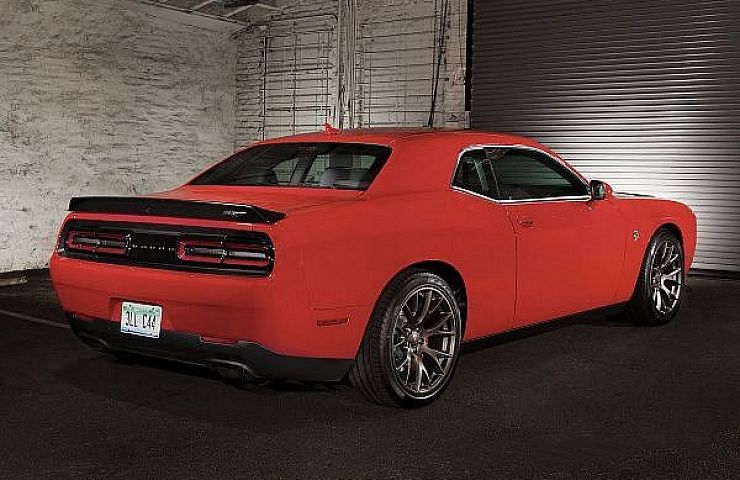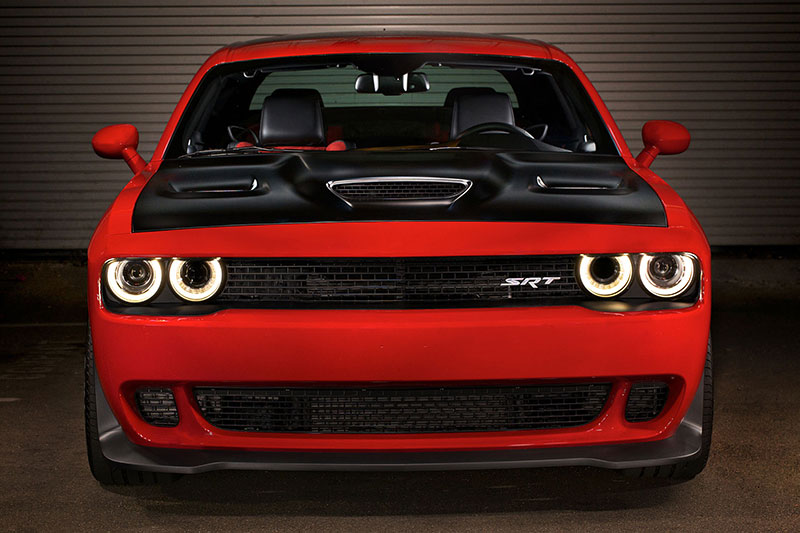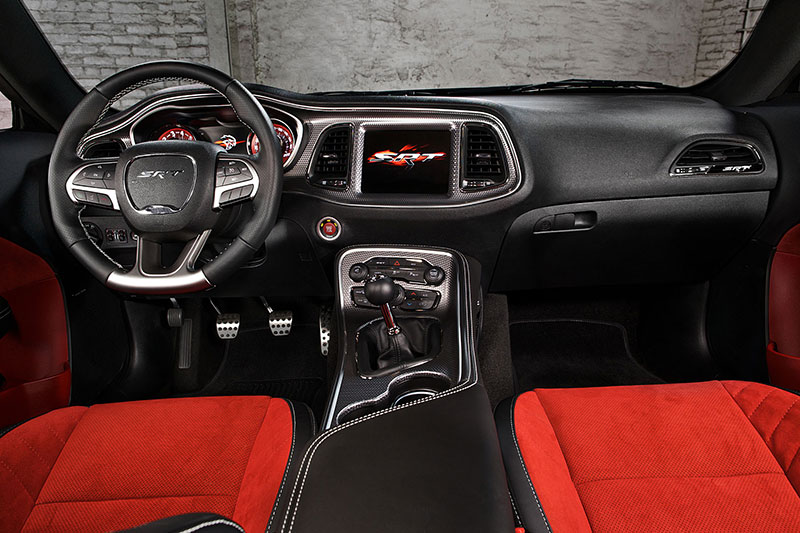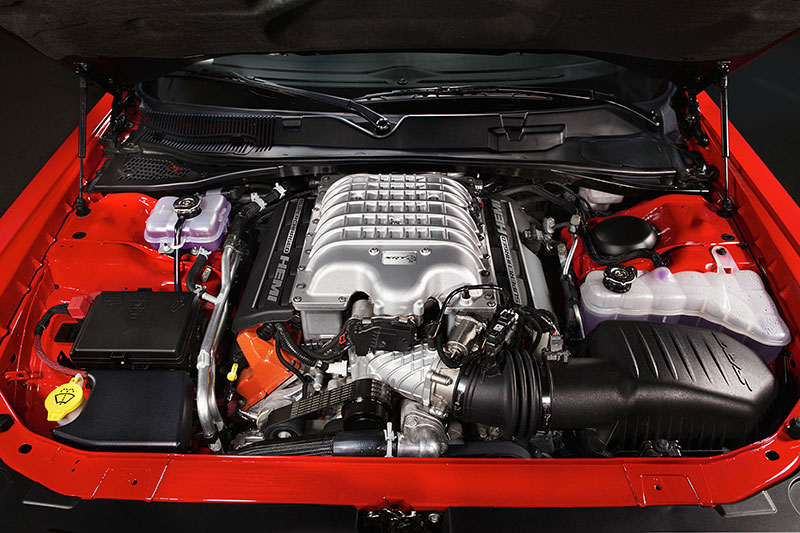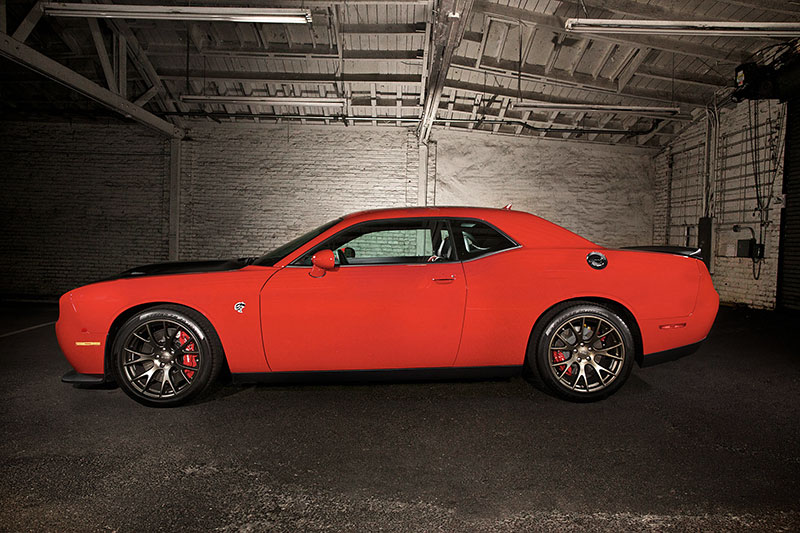A friend of mine once described me as a “Mopar apologist.” Maybe he’s tired of hearing the multitude of very well considered arguments I make for Dodge’s shortcomings in the modern pony wars. As a current owner of both a Challenger R/T and a Magnum SRT8 (the wife’s whip), well, I admit that I’ve become a fan boy.
It’s not that I’m blinded by brand loyalty, or dismiss other cars simply because of a badge. Here’s the reason: the LX platform that underpins these cars—as well as the Charger and Chrysler 300—just speaks to me.
So when Dodge debuted the Challenger SRT Hellcat last summer, I concluded that a day or so behind the wheel to review it just wasn’t enough. As luck would have it, a few months later a publication I work with managed to secure a six-month evaluation with one of these sought-after muscle cars, and that meant quite a bit more time behind the wheel for this particular scribe. I don’t blame you for being jealous.
Fastest Mass-Produced Muscle Car
For those unfamiliar, the Challenger SRT Hellcat is Dodge’s newest top-spec high performance version of the coupe. It has the notable distinction of being both the fastest and most powerful muscle car ever put into mass production. Its 707 horsepower supercharged 6.2-liter V8 propels this big bruiser to 60 miles per hour in three and a half seconds—on its way to an 11.2 second quarter mile (with the 8-speed automatic). It’ll keep going all the way to 200 mph. The official top speed is pegged at 199 mpg, but I’ve seen photographic evidence that it starts with the numeral 2.
Despite the shocking performance—and trust me, behind the wheel it is shocking—the Hellcat is surprisingly easy to drive like a normal vehicle. This car is equipped with the optional six-speed manual Tremec gearbox from the Viper, and despite all that grunt it has to corral, the clutch doesn’t make me regret the gearbox choice in Los Angeles traffic. Moreover, the three-mode adaptive suspension means there’s a level of compliance for all occasions, and the Challenger’s sizable proportions make this car ideal for grand touring for taller drivers like myself.
However, the most compelling factor in the equation might be what Dodge is asking for the car: it debuted at $59,995, and that includes the insane power plant, adjustable suspension, burly six-piston Brembo brakes, forged wheels, and an array of other standard content. Truthfully I’d be surprised if Fiat-Chrysler Automobiles (FCA) is making any money on the Hellcats models. The company raised the price a few grand for 2016, but it also now comes with more formerly optional equipment, so it’s basically a wash.
But what’s more important than profit margins is what it has done to completely alter the muscle car conversation. The Challenger is now one of the performance cars of the moment, and even older models like mine are now seen in a different light in this post-Hellcat universe. Suddenly there’s no reason to apologize for anything other than waking the neighbors. And they’ll just have to deal with it until this bad mama jamma goes back to Dodge at the end of the year. That is, of course, if FCA’s goons can catch me.
See 2015 Dodge Challenger for sale on eBay.

